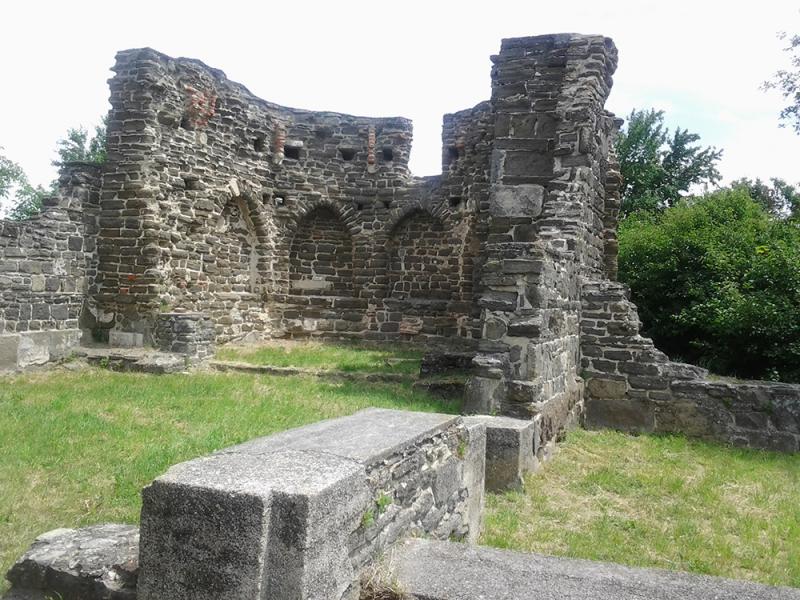
There is enormous potential in the performance and knowledge of Hungarian archaeology in the Carpathian Basin.Continue reading

The ruins of a former Benedictine abbey have been recently identified at Tomajmonostora due to the excavation work of the National Archaeological Institute of the Hungarian National Museum.
After the field excavations, during which stone and brick fragments and small pieces were found scattered around the site, last year geophysical measurements confirmed that the remains of a church building had been located on a prominent outcrop on the border of today’s Tomajmonostora.
The hill was once the site of the monastery that gave the settlement its name, probably founded by the Tomaj tribe in the 12th century. The first mention of the Tomaj monastery dates back to 1340, but by that time the abbey had already been in existence for centuries.
Gábor Virágos, head of the museum’s National Archaeological Institute, clarified in a statement that geophysical measurements revealed the shape of a three-nave church with a large nave similar to the church in Lébény, and a rotunda in the northwestern part of the building.
He added that several sections had been opened to confirm the location of the walls, but they had only been able to identify the foundations in one part of the rotunda at first.
“The excavation of the surfaces so far has revealed that most of the building material of the church has been excavated and the trenches filled with building rubble, but in some places very solid masonry remains. In addition to the brick and stone fragments, a large number of scattered human bones have been recovered, testifying the fact that the site was extensively disturbed in the past,” the statement said.
Unattached burials have been found in the area, even within sixty meters of the church, but at this stage the research has not yet shed any light on the location of the former settlement, nor has it been possible to delineate the cemetery on the hill. This work is made difficult by the fact that the graves do not appear on the surface with a stain, so that only the demolition work will reveal the bones.
Via MTI; Featured image via: Celldömölk. környéke.hu